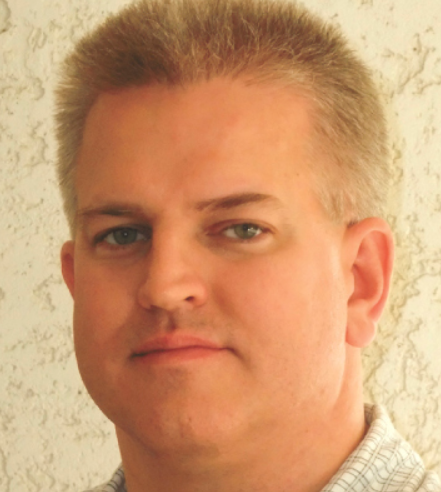IT is 3 in the afternoon here, they say 1500 because this town uses the 24-hour clock, also known as military time. It is as dark as it was at midnight. I am in Tromso, Norway, one of the northernmost cities in the world. To get any closer to the North Pole I would need a boat.
We have entered the period of the year known as the Long Night. The sun sets in late November and is not seen again until February. To fight back against the permanent night, locals keep their lights on in their homes, on the streets, everywhere. Even though the city has a population of only eighty thousand, the amount of light rivals Las Vegas.
It is around 20 degrees Fahrenheit, not as cold as you might think, because we are right on the ocean here and the water moderates the cold. Another 15 miles inland and the temperature plummets to -20.
Children walk past our apartment on their way to school. Neither the cold nor the dark slows them. They have grown up here and know no other way of life. To them, the permanent dark is as natural as the Long Day that will occur here over the summer, when the sun will not set for two months.
The Aurora Borealis is all it is cracked up to be and was worth the trip. The first time we saw the atmospheric phenomenon it took our breath away and we are still trying to get it back. Like seeing the Grand Canyon for the first time, we realized that pictures did not do it justice. Seeing the celestial light dancing across the sky was sublime and majestic. It changed us inside, connected us to the wonder of the universe in a personal way, making us feel both humbled and interwoven. On the observation deck one night, besides our family, was a couple from Germany, another from England, a large tour group from Asia (Korea, I think. It was dark.), and a scattering of unidentified others who did not speak, only gazed in wonder. The Aurora brought all of us together at that place to stand as one harmonious human family. We all felt it and exchanged smiling glances. Under the awe of the natural world, we were united. Perhaps presidents and congresses should convene their meetings under the Northern Lights. Maybe the United Nations can convene at Tromso. Maybe then world peace would be achievable.
The main part of the city rests on a small island tucked in among larger ones. We are in the land of the fjords, long fingers of water surrounded by steep mountains. The ocean is all around us. Many people have boats in their yards, there are several large marinas, and large cargo ships and ferries constantly scurry around us. Every time I look out the window, I see some large vessel steaming past. There goes one now.
This is a maritime community, connected to the sea through work, culture and history. The diet consists largely of seafood, many of the people make their living in boats, and even the tourism industry is driven by the sea, with whale watching and fjord excursions popular among visitors. Salt is in the air, and even in the hills where the ski jumps tower, one is never far from the shore.
It is in this relationship with the sea that Tromso and Saipan are so much alike. Geographically a world apart, the two coastal communities share so much. The diet in Saipan consists of a lot of fish, many people make their living in boats, and the tourism industry is driven by the sea. As different as life is between here and there, so much is the same. Tromso teaches me much about the wonder and power of nature, and it also teaches me much about the interconnectedness of man.
BC Cook, PhD lived on Saipan and has taught history for 20 years. He currently resides on the mainland U.S.

BC Cook











